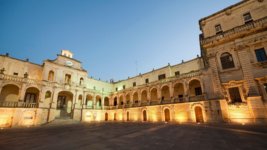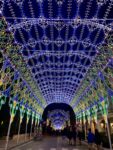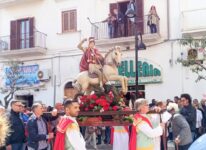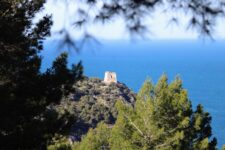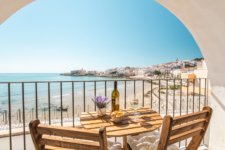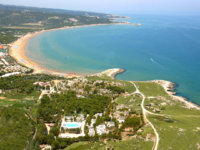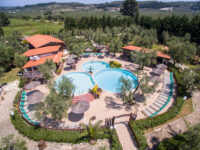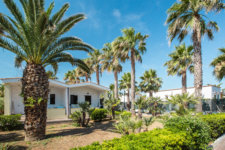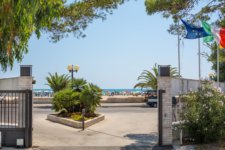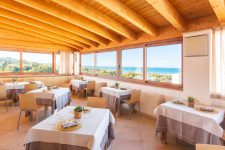The Trulli are very particular rural constructions, peasant houses, cylindrical in shape, with conical roofs covered with dry stone.
The term trullo derives from the Greek τρούλος, dome) and is an Italianized form of the "truddu", a dialectal term used in Salento.
Widespread in almost all of the Puglia, Valle d'Itria is the best place to discover these very particular houses.
The first Apulian trulli were built by farmers and shepherds with stones collected on site.
Consisting of a single compartment, they were used as a temporary shelter or as a deposit for agricultural work tools.
The diffusion of the Trulli in the Itria valley, above all in the 600s, is partly due to the counts of Conversano, who settled numerous peasants by granting them some benefits, such as the possibility of building shelters with local stone, as long as they dry, without the use of mortar, so as to be able to quickly demolish them in case of inspection by the Spanish viceroy of the Kingdom of Naples, thus avoiding the taxes on new buildings due to the House of Bourbon.
The Trulli of Alberobello
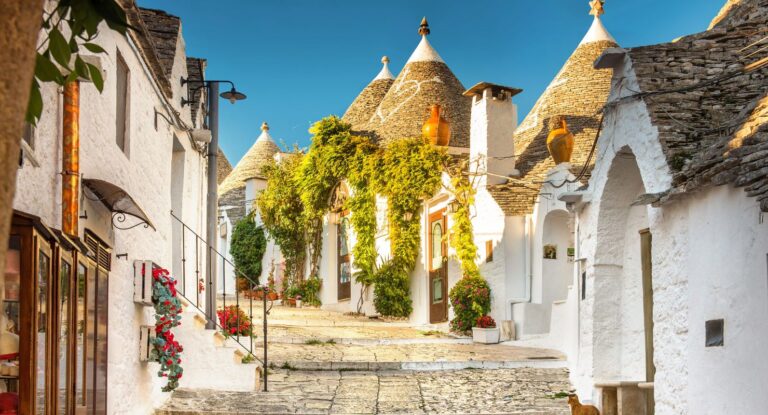
If it is possible to find Trulli in almost all the olive groves and countryside of the Itria valley, they are mainly concentrated in Alberobello, of which the Monti and Aia Piccola districts have become a destination for tourists who flock from all over the world to admire these houses fascinating.
Due to its very particular architecture, Alberobello in 1910 became a national monument, and later a Unesco heritage site.
In addition to the 2 historic districts, the Trullo Sovrano is worthy of note, located behind the Church of Saints Medici Cosma and Damiano. The Trullo Sovrano is the only example of a two-story trullo. built in the first half of the eighteenth century, which is the only trullo with 2 floors and today houses a museum.
The Valle d'Itria, the valley of the Trulli
Even if the Valle d'Itria is about 3 hours by car from Vieste, an excursion among the olive trees to discover this fascinating symbol of Puglia is highly recommended. Indeed, in the Valle d'Itria you can also visit the fascinating caves of Castellana, while the little ones will certainly have fun at the Zoo Safari of Fasano and at the Fasanolandia park.
Along the characteristic country roads that connect the charming villages such as Cisternino and Locorotondo you can admire the typical trulli, perhaps making a stop to taste the typical dishes of this corner of Puglia, such as bombette and the famous orecchiette with turnip tops, accompanied from a Primitivo wine.

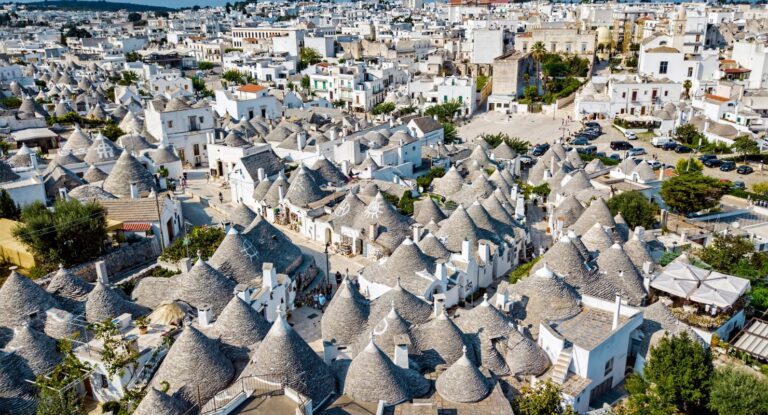
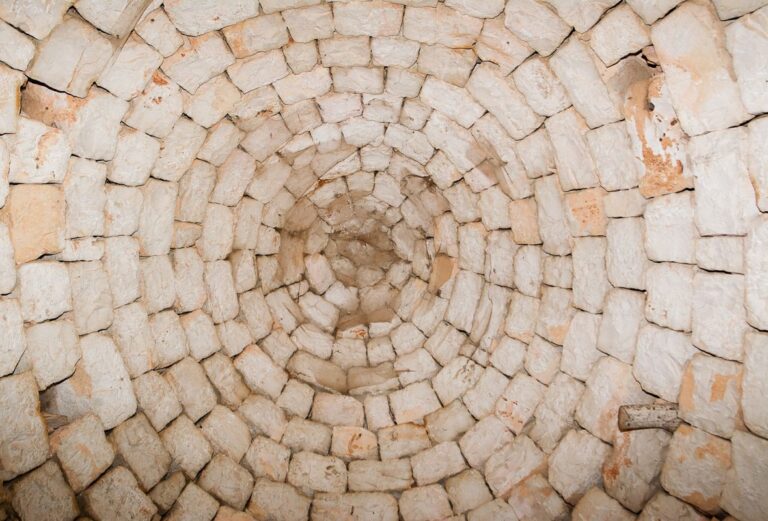
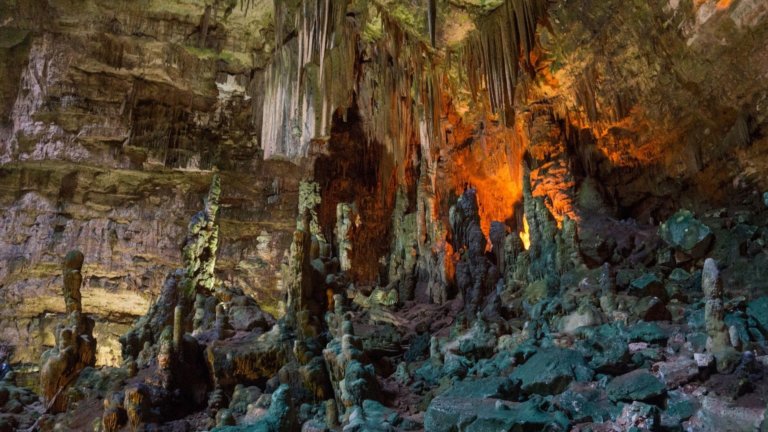
 Turismovieste.it is created by
Turismovieste.it is created by 





